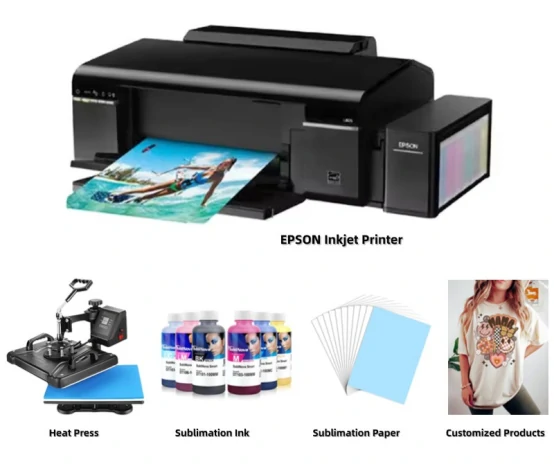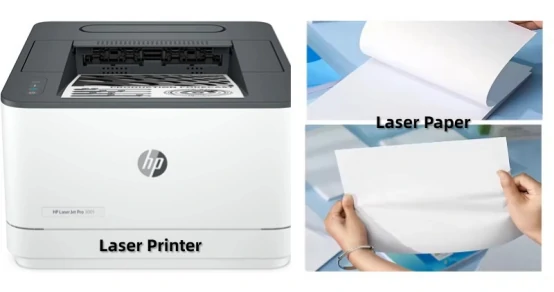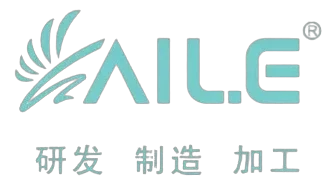Laser Paper and Sublimation Paper
June 18, 2025
1.Key Differences Between Sublimation Paper & Laser Printer Paper
| Feature | Sublimation Paper | Laser Printer Paper |
| Purpose | Transferring designs via heat press | Direct printing (no transfer needed) |
| Printer Type | Used with inkjet printers + dye-sublimation ink | Used with laser printers (toner-based) |
| Coating | Special coating to absorb sublimation ink | Smooth or matte finish for toner adhesion |
| Heat Resistance | Withstands high temps (180–220°C) for transfer | Only needs to handle printer fuser heat (~120°C) |
| Output | Design transfers to fabric/ceramic/etc. | Printed directly on the paper itself |

2. When to Use Each Paper
Sublimation Paper
Best for:
– Custom apparel (T-shirts, sportswear)
– Hard surfaces (mugs, phone cases – requires polyester coating)
– Photo-quality prints with vibrant colors and gradients.
– Limitations:
– Only works on polyester or polymer-coated items.
– Requires a heat press and sublimation ink.
Laser Printer Paper
Best for:
– Office documents, flyers, brochures.
– Quick, high-volume printing (e.g., labels, reports).
– Crisp text and sharp graphics (but not for fabric transfer).
– Limitations:
– Prints cannot be transferred to other materials.
– Toner may crack/fade if exposed to heat or moisture.
3. Quick Tips for Customers
– Choose sublimation paper if:
– You need to print designs for transfer onto fabrics or specialty items.
– You want long-lasting, washable prints (on suitable materials).
– Choose laser paper if:
– You need fast, everyday printing (no transfer required).
– You’re printing on standard paper/cardstock.
Note: Sublimation requires “dye-sub ink + heat press”, while laser printing is a direct, toner-based process.
4. Are patterns printed on laser print paper suitable for transfer?
YES. BUT, the limitations are significant:
1) High temperature requirements: transfer temperature 220-230 ℃/ degrees Celsius
2) Material requirements: high temperature resistant plastic, metal, glass, etc. Textiles are not suitable.
3) Stamping area requirements: only suitable for 1-3cm small area transfer, large area transfer effect is not good.

.png)
.png)
